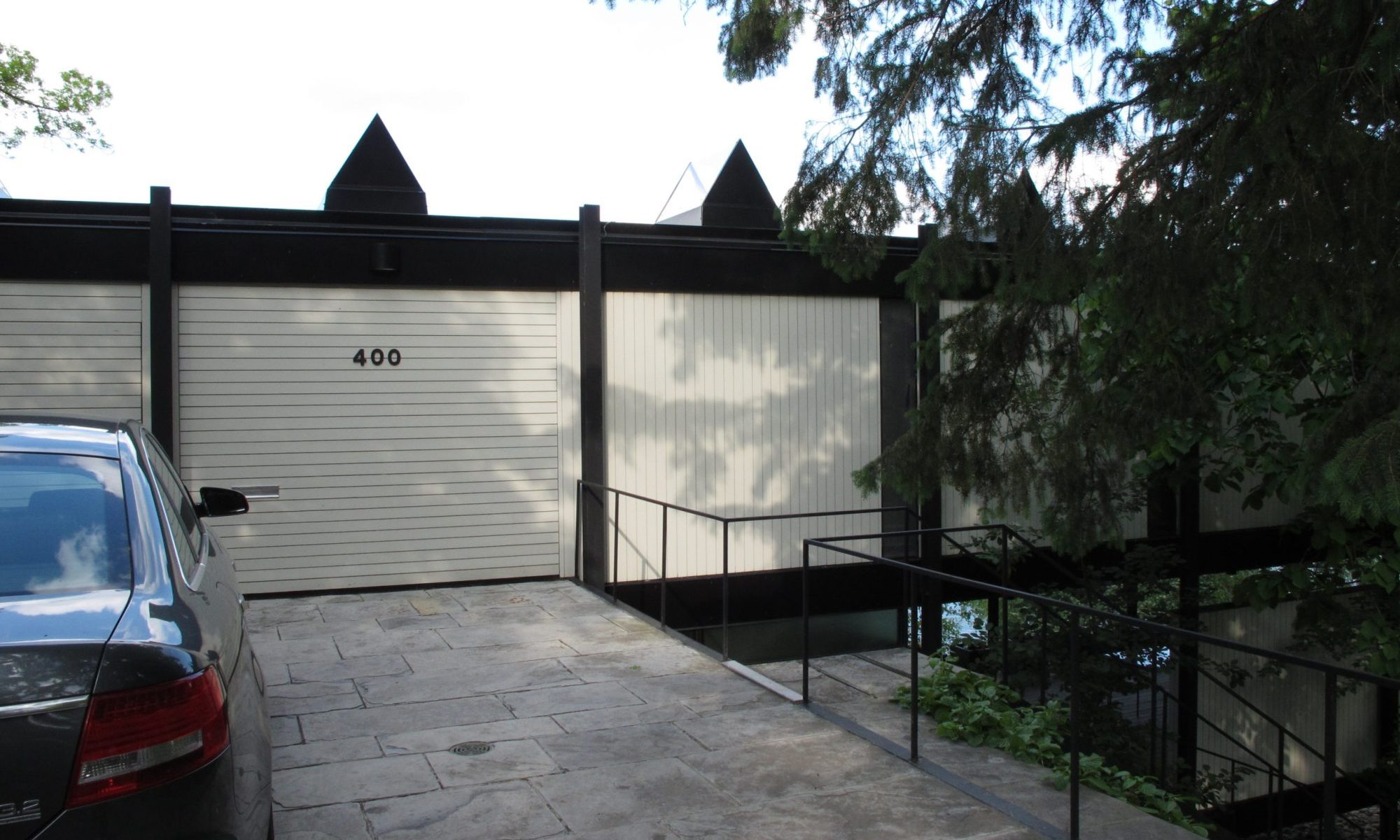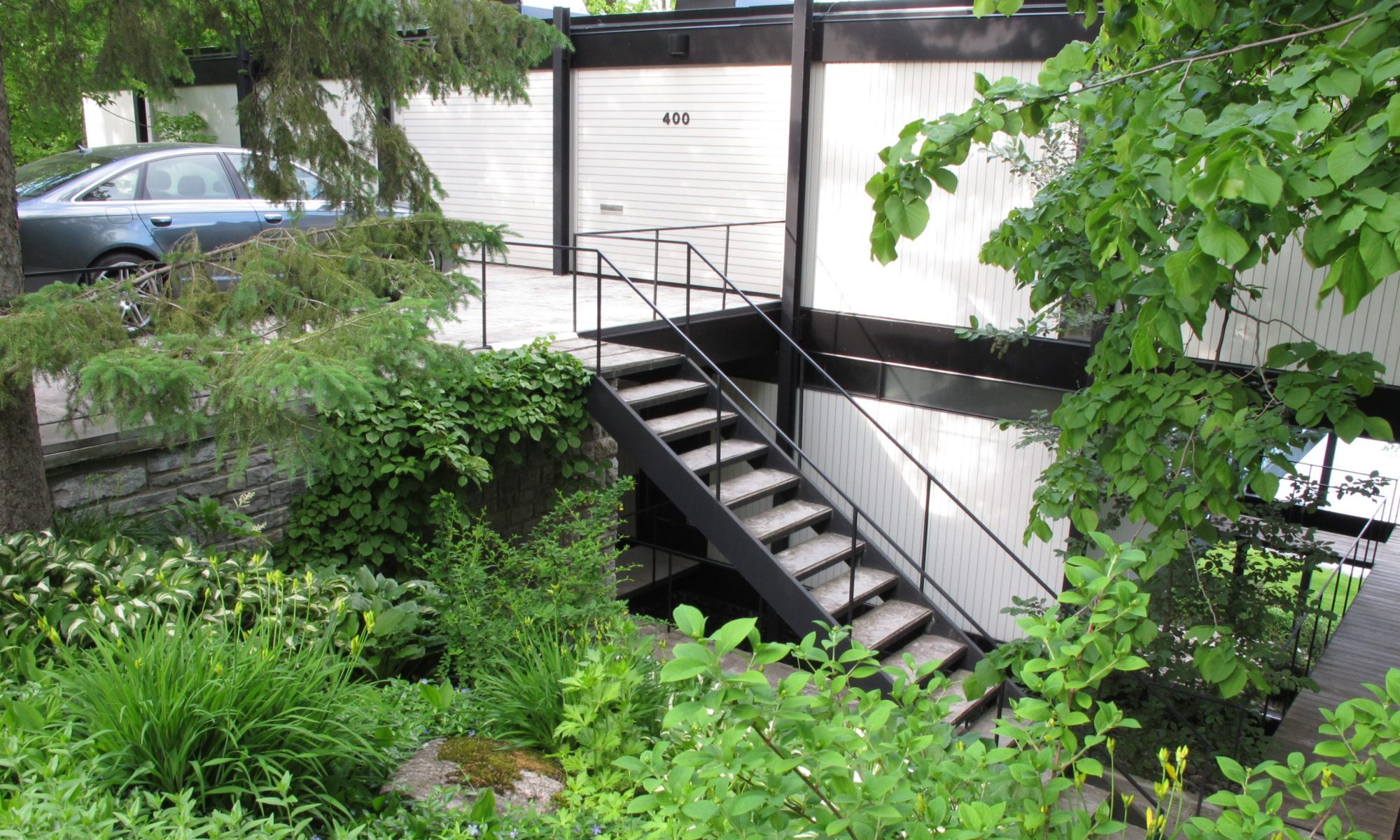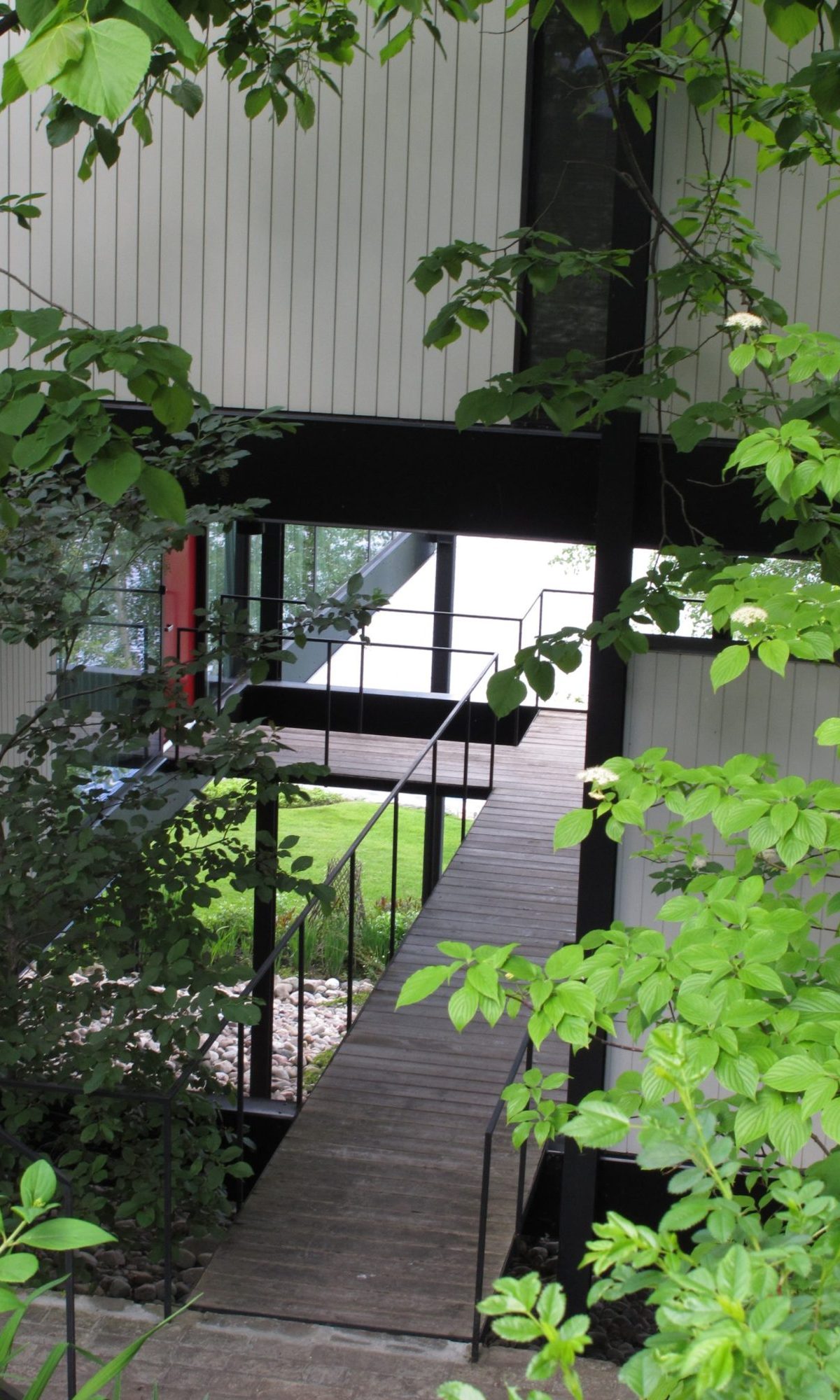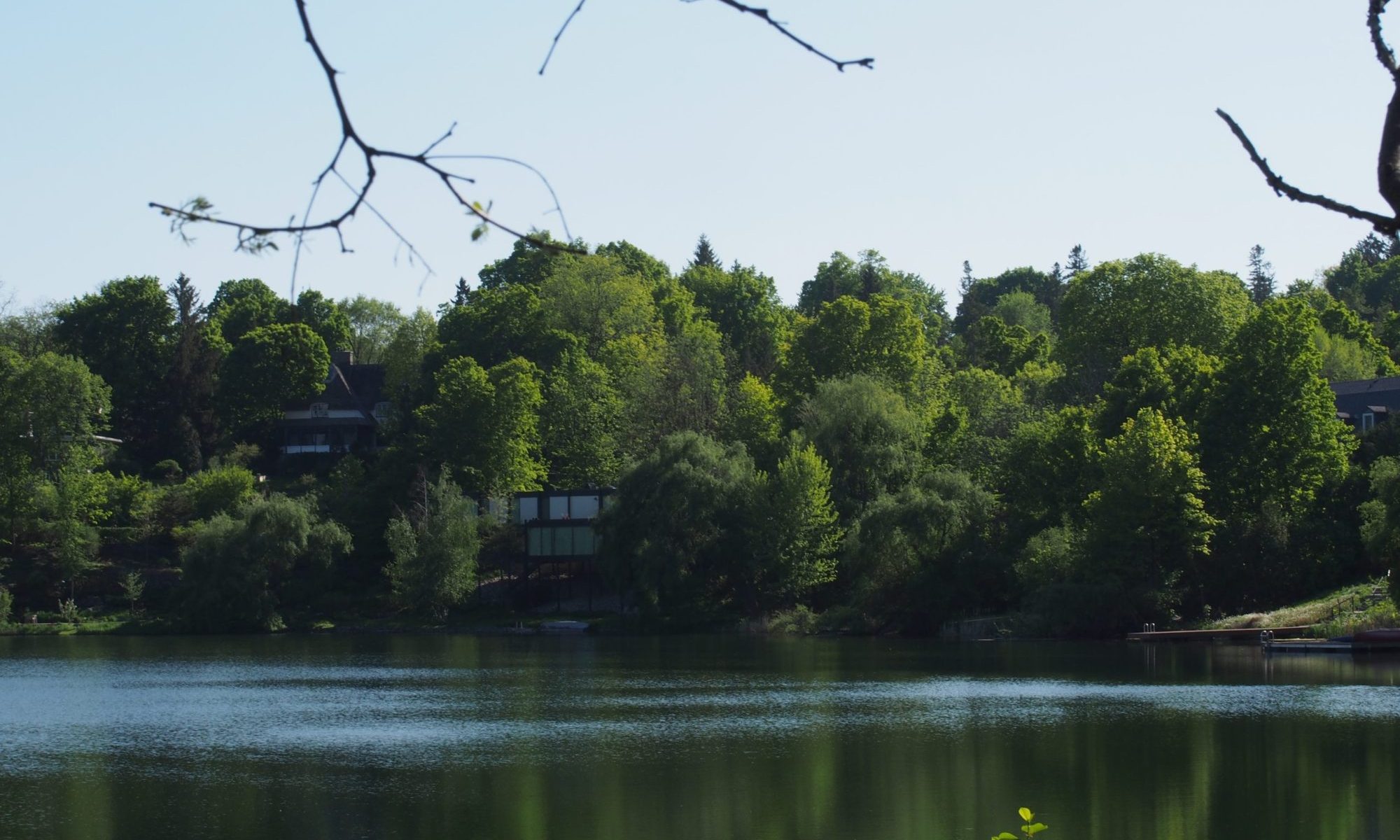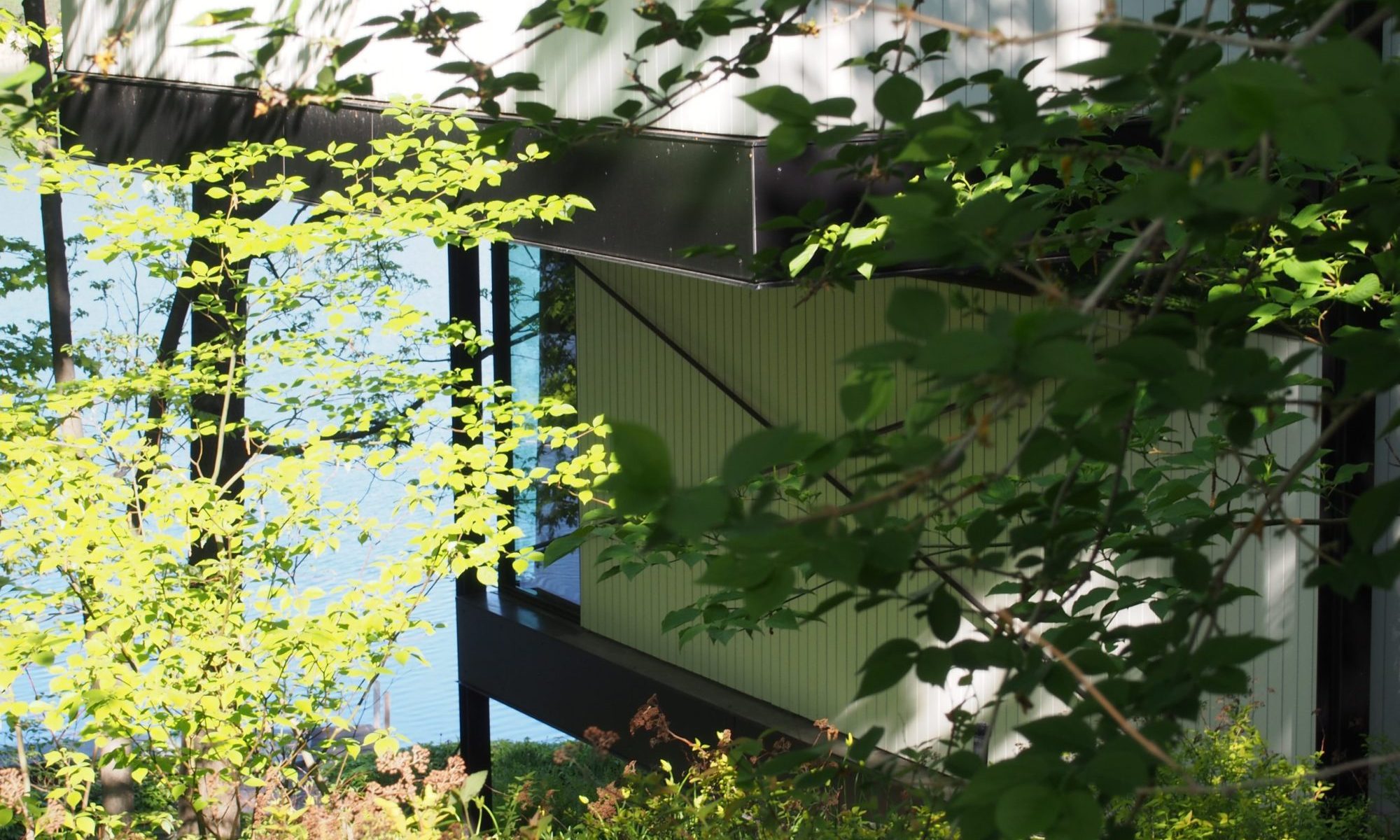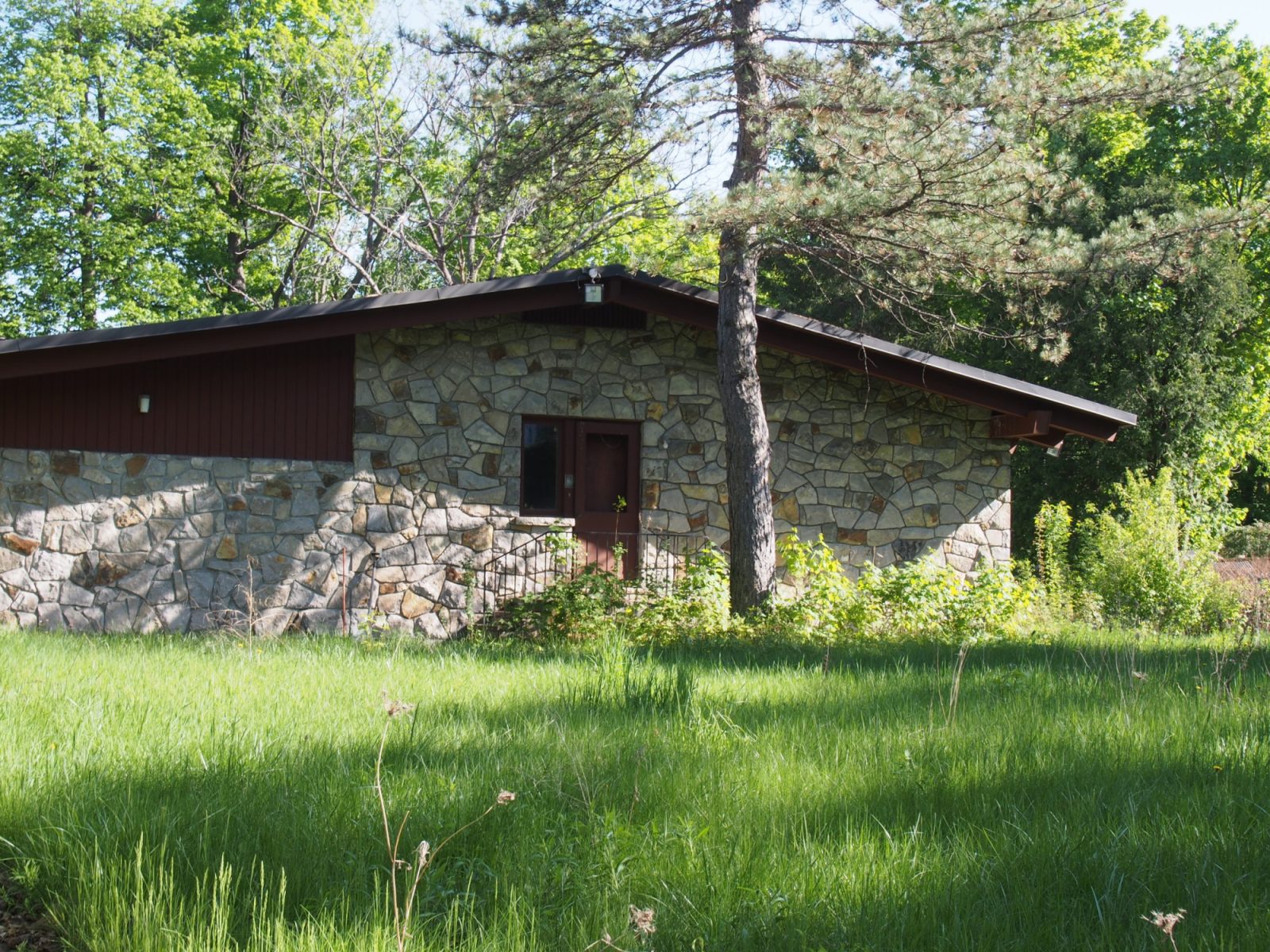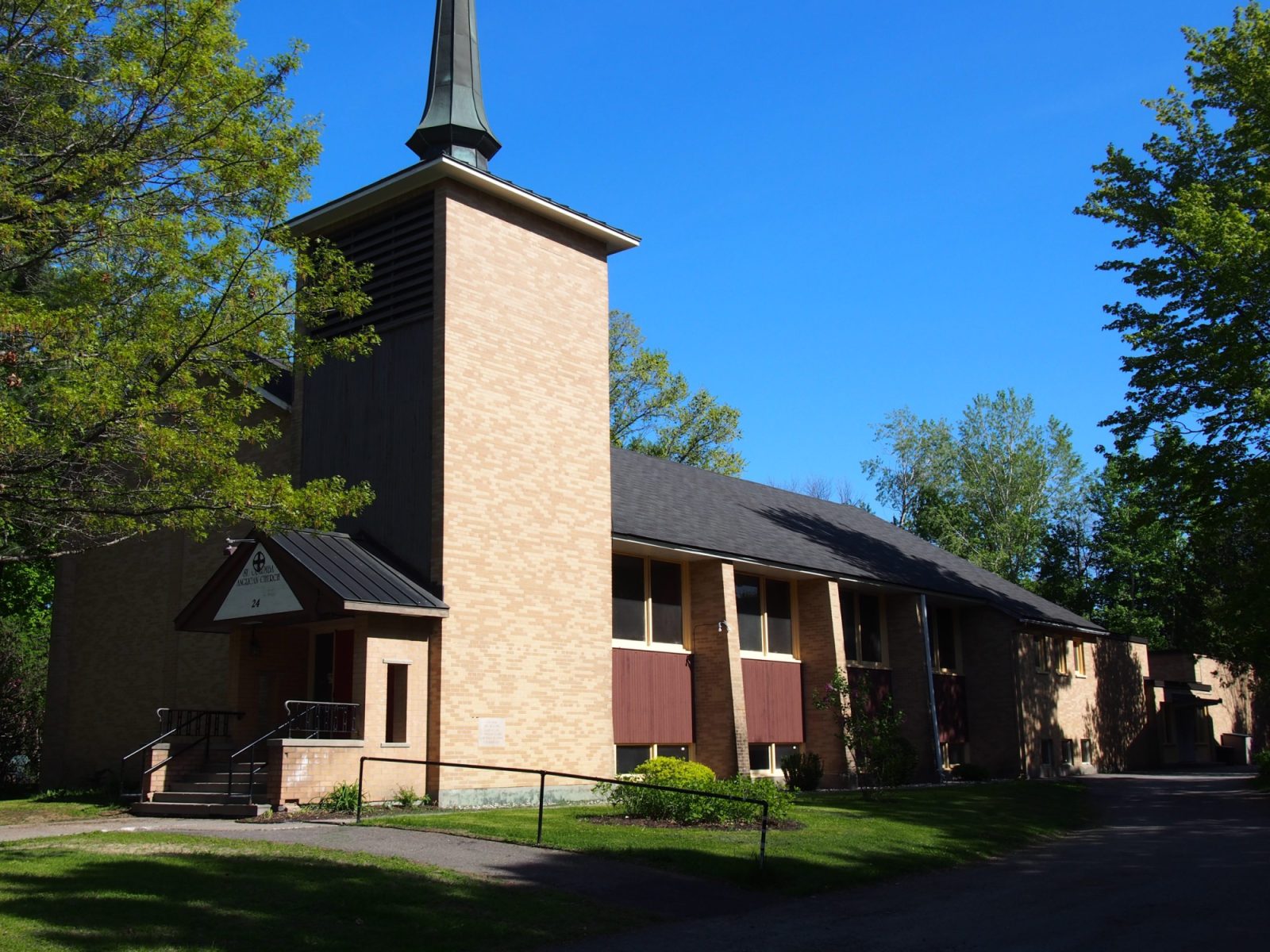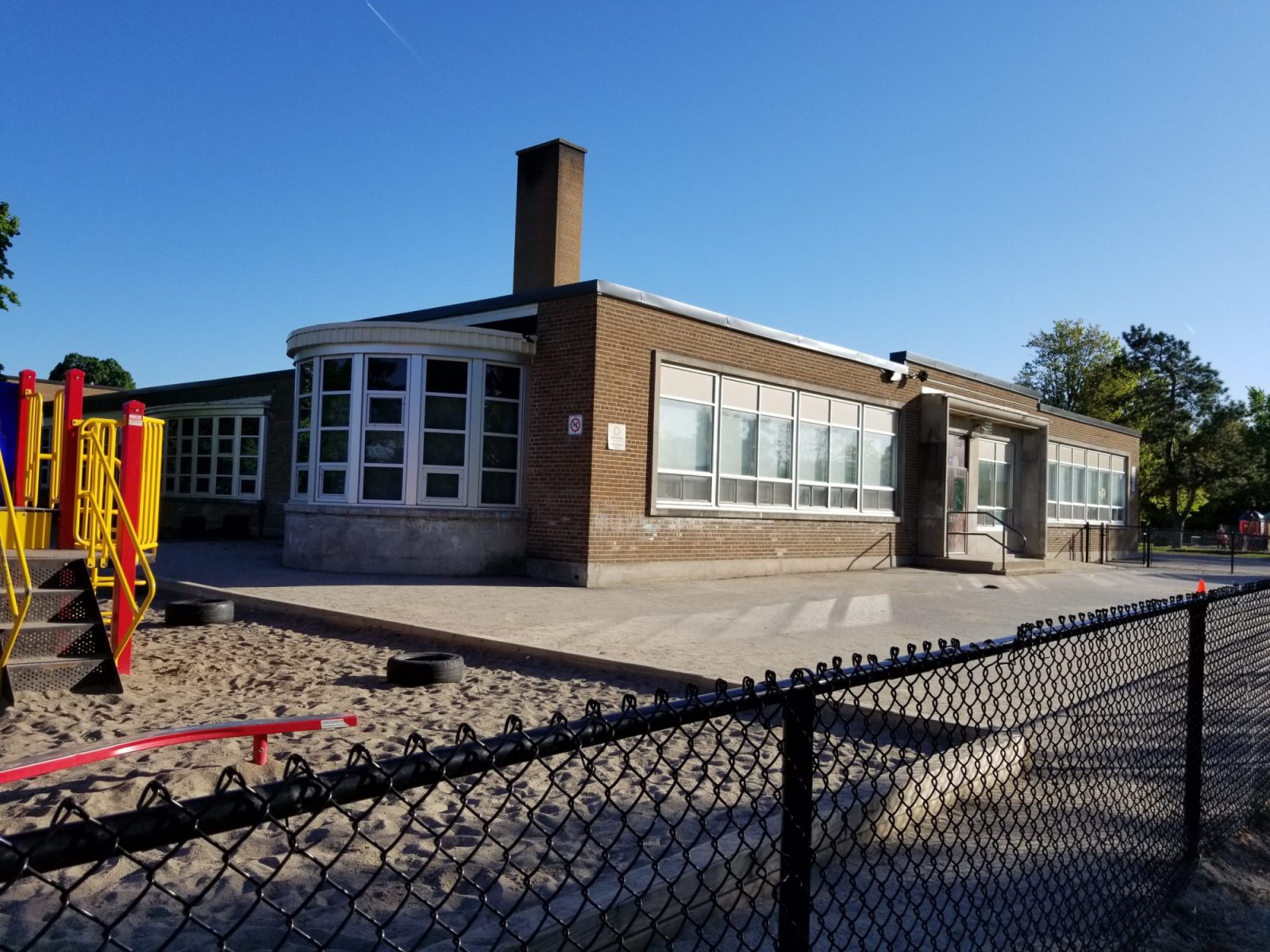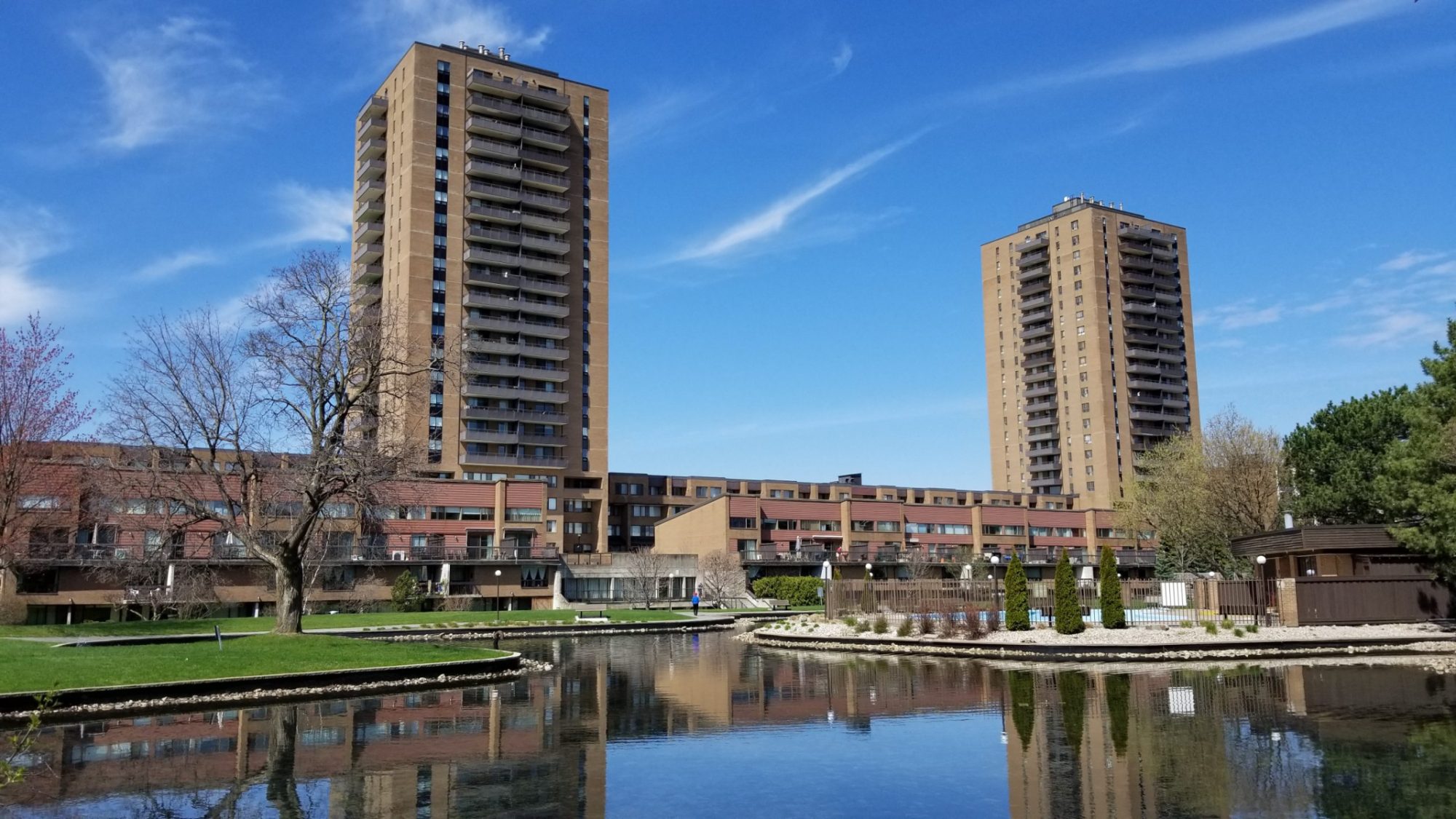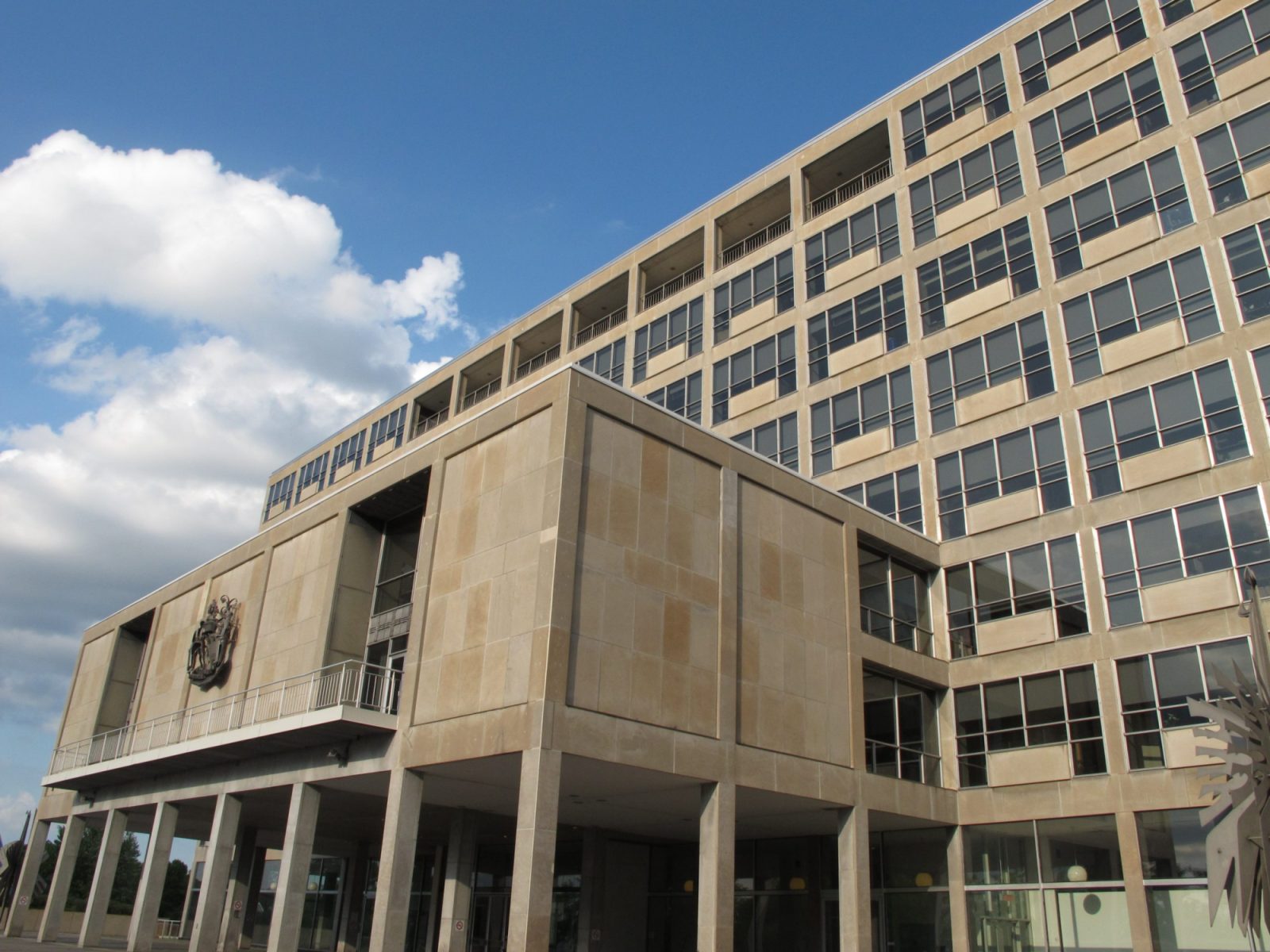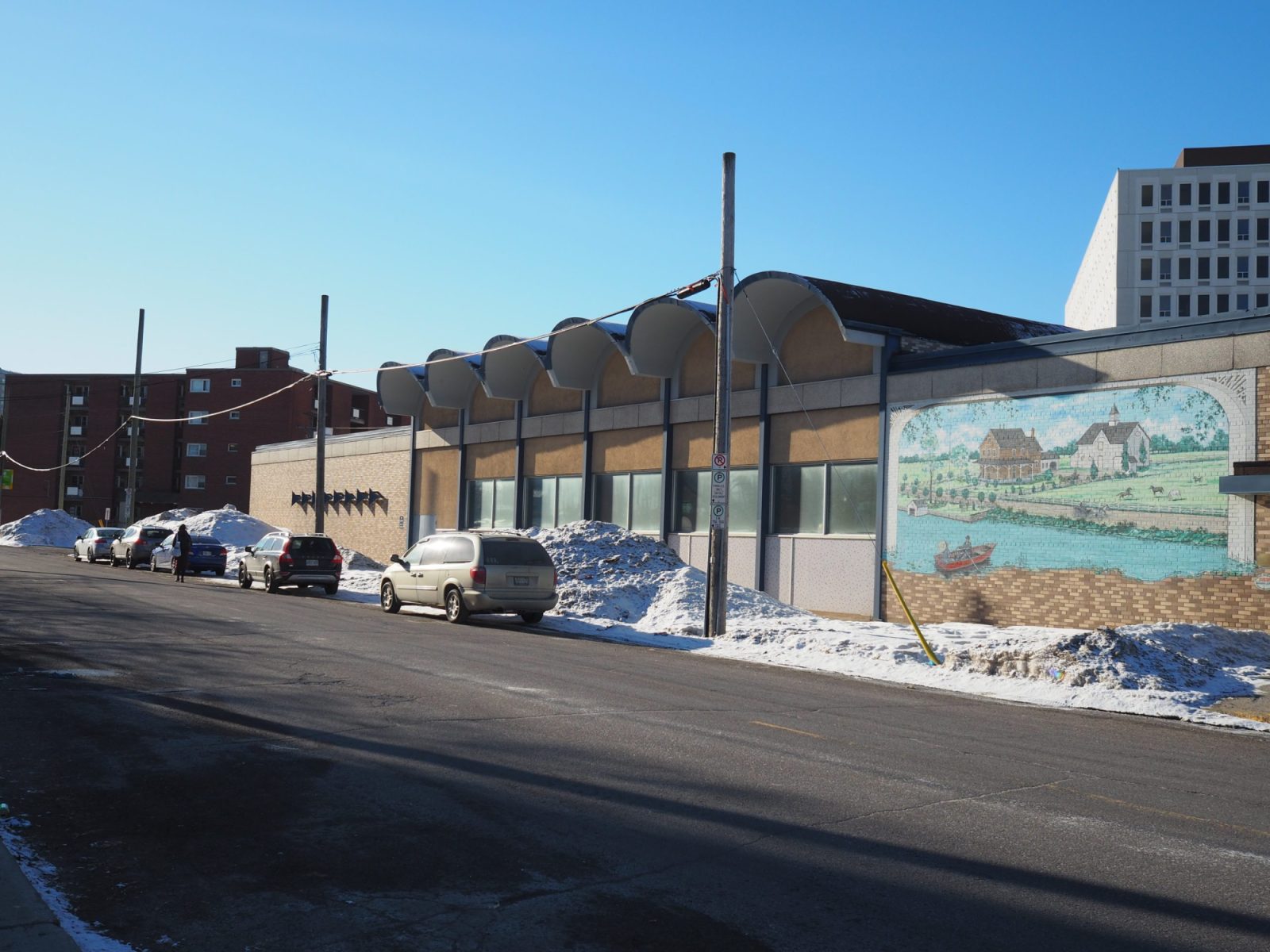Massey House
400 Lansdowne Road, Rockcliffe Park, Ottawa, ON
Ottawa Inner Urban
Hart Massey
1960
From the National Historic Sites of Canada Background Paper:
The heritage value of Hart Massey is based on its architectural and environmental interests. The house was built in 1959, designed by the architect Hart Massey, who lived there until the 1970s. It is an iconic example of mid-20th century modernism in residential architecture in Canada, and a Canadian example of International style because of its sensitivity to its natural surroundings. Built on a rectilinear plan, the minimalist structure is made up of a series of modular boxes enclosed by alternating glass and opaque walls, which open the house to its site creating a completely unique architectural ensemble. This prestigious house reflects the personal tastes and the modernist ideals of architect, Hart Massey, who designed it for himself and his family. The design earned him the Silver Medal of the Massey Awards for Architecture, the highest honour at the time. Elevated on thin steel columns so that it appears to float above its sloped site on McKay Lake, the house was designed to preserve the integrity of its natural environment. Its architecture is an extension of the landscape, and its dramatic expanses of glass erase the line between indoor and outdoor space.
The Massey House is situated in the Ottawa residential community of Rockcliffe Park, one of the few houses built directly on the shoreline of McKay Lake. The house has two storeys. The common areas are on the lower level, while the bedrooms are on the second floor. Massey wished to preserve the natural environment of the site which he accomplished by elevating the house above ground on thin pillars. There are mature trees including a large willow to the north, shrubs, bushes, flowers, perennial plants and grassy areas throughout the property, all of which integrate nicely into the sloped site. The façades are smooth and unadorned and the large glass surfaces expose a structural system based on a steel frame or reinforced concrete. The east side of the house, which faces the lake, features floor to ceiling windows that provide an unobstructed view of the surrounding landscape. Inside, partition walls on the ground floor are only three-quarters high contributing to an open plan. A common colour scheme of beige and black extends throughout the house.
The building has undergone changes over the years. The most important was the enlargement of the house to the north in 1993 with the addition of a modular box on each level. However, the integrity of its aesthetic design as well as the treatment of materials has been maintained. Subsequent owners have carefully restored and renovated the house while meticulously respecting its original concept. Some changes have also been made to the landscaping in keeping with the architecture of the house. Gardens have been successfully integrated and new varieties of plants and flowers continue to be introduced.
Exploring the Capital

